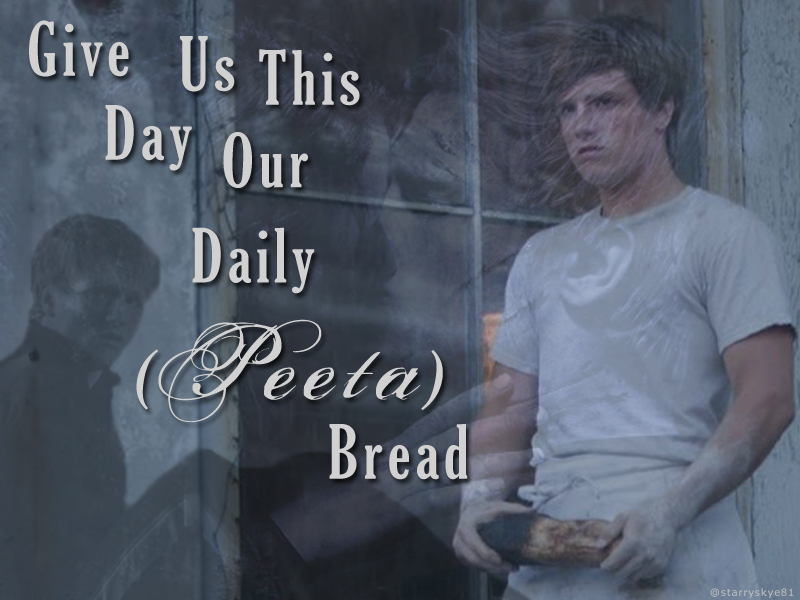Would you fight or Run?
When I was in middle school in South Korea, it was winter, friends and I enjoyed the freedoms from end of finals! Middle school in korea, students go to school for one or two weeks more even final is over. During this time period, students usually bring movie video to watch. However, in my memory, that day was unusual day because I had big culture shocks from the movie “Battle Royale”.
According to website,battleroyalefilm.net, the movie “Battle Royale”, a film by the veteran Japanese director Kinji Fukasaku, tells the story of a dystopic future in which each year, a randomly-selected 9th grade class is kidnapped and sent to a deserted island where they are equipped with weapons and are forced to kill each other until one survivor is left. The movie, which premiered in Japan on December 16, 2000 amidst much controversy, is based on a bestselling novel by Koushun Takami.s. Movie rental cost two dollars, but it was rated R, so i don’t how my friend brought this movie. We discussed about this movie many times, and in society, movie brought issues.
Recently, I reminded this movie when I read the “Hunger games”. So I was curious that, “Will this movie bring many issues as Battle Royale did “? , because they may have different components, but main theme is same, kid kills kid. However I found that there are no big issues because of ‘kid kills kid’ theme. I realized that this difference reaction may be cause by culture difference. From the class discussion, classmates really didn’t mention about ‘kid kills kid’ subject, except me. They were more focused on other subjects. In Asian society, there are big imitation culture. When one trend hits, people imitate that trend to be one of most people because Asia culture is based on collectivism. Therefore many Asia countries worried what if the violence of movie “Battle Royale” cause imitated act from children. Even cultures are different, kid kills kid theme is suggestive, and everybody would think that, “what if i was there?. And answers for most them? Run.
If you want to read How these are similar and different? Click the Image.



